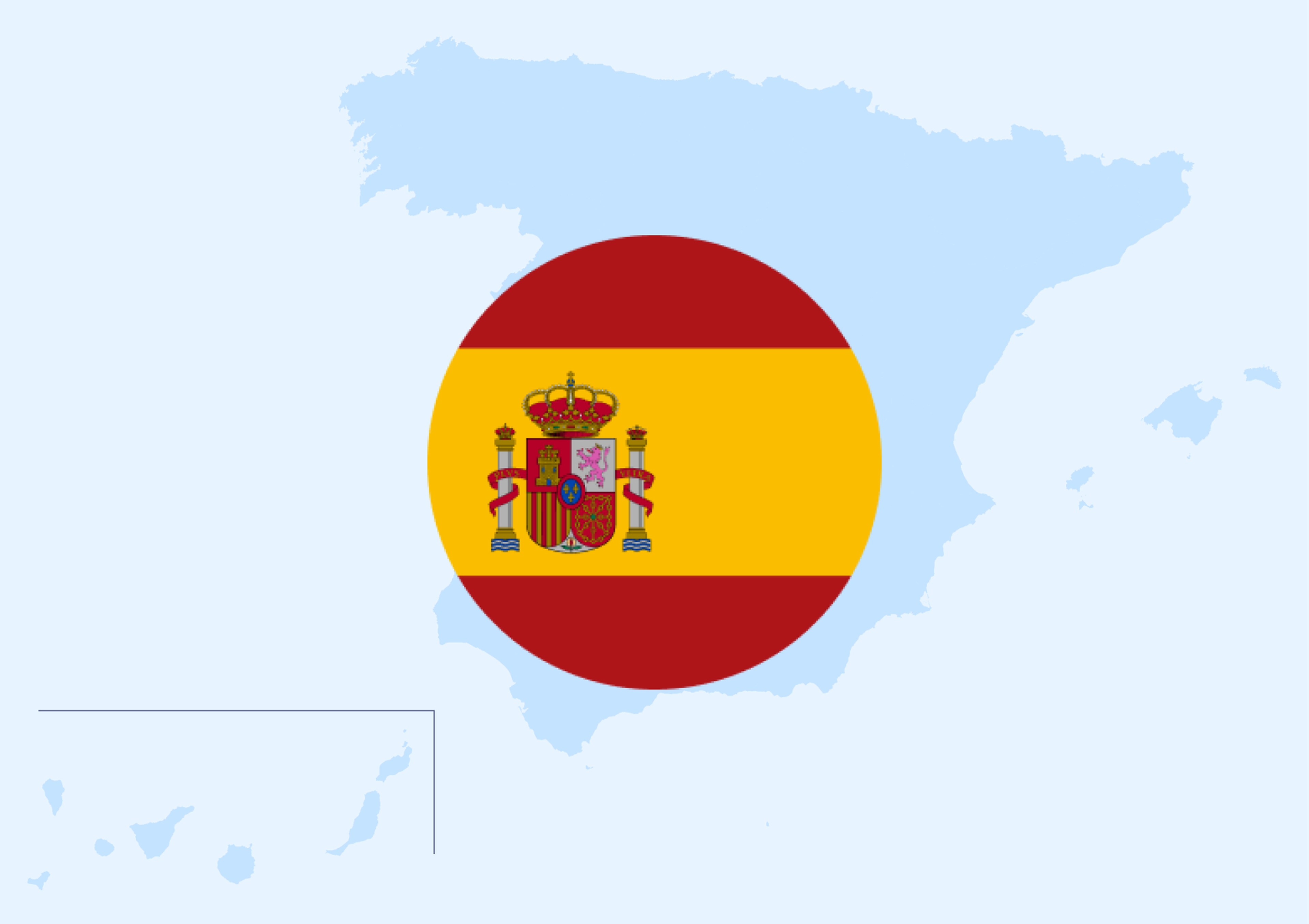Choosing the right IT provider is a major challenge for procurement teams. According to the barometer on professional services procurement, IT providers account for 75% of intangible services purchasing volumes. IT purchases are often strategic. Whether it involves upgrading the information system or ensuring IT maintenance, choosing a reliable provider is critical. This step should not be overlooked, as it may have direct implications for the company’s data security.
What IT purchasing method should you use to choose the right provider?
IT purchasing policies still tend to be poorly structured. Often managed by the Information Systems Department (ISD), IT services procurement may bypass procurement oversight. Each stakeholder selects their expert based on different and inconsistent criteria. By contrast, relying on a proven methodology helps structure the approach and ensures a smarter IT provider selection.
Structure the IT procurement team
The first step is to build an internal team dedicated to IT procurement. Ideally, this group includes procurement, legal, intellectual property, and the ISD (and should also involve business experts). Collaboration ensures that technical and functional needs are properly defined in the RFP specifications.
Define your IT service needs
In IT projects, the business project owner is responsible for translating business needs into technical requirements. If technical expertise is lacking, a project management assistance can provide support. Drafting the specifications using an agile SCRUM team including internal users increases efficiency.
Choose between generalist and specialist providers
Streamlining your IT supplier panel involves choosing an IT service provider based on their ability to cover as many needs as possible. The more versatile the professional, the faster the indirect costs associated with listing them will be recouped. Be careful: this should not cut the company off from the innovation capabilities that exist in its external environment. Some IT solution providers are too specialized to be multi-skilled. The buyer must therefore constantly balance the rationalization of IT purchases with the search for cutting-edge expertise.
How to source IT experts
There are several reliable channels to identify and select IT service providers. Each comes with its own advantages depending on the complexity of your project, budget, and internal capabilities.
Direct sourcing is often used when the company already has a clear idea of the expert profile required. This involves identifying and engaging with providers directly, based on past performance, recommendations, or market research.
IT outsourcing firms offer end-to-end management of your IT systems. This approach is particularly useful when you want to fully delegate infrastructure management, application maintenance, or helpdesk support. It allows internal teams to focus on core business activities.
IT services companies (ESN) provide consultants or dedicated teams to work on your projects, either onsite or remotely. They are particularly suitable for large-scale or long-term assignments that require multi-skilled teams and structured delivery models.
Freelance platforms give access to a wide network of independent IT experts. These marketplaces are ideal for sourcing niche skills, increasing flexibility, and reducing time-to-staff. They are especially valuable for short-term, agile, or specialized needs that don't require traditional vendor onboarding.
Key criteria to select the right IT provider
After defining your needs and sourcing potential providers, it's time to make your selection. Here are some key points to remember to ensure you choose the right IT service provider.
Technical expertise and specialization
This is the number one criterion for choosing the right IT service provider. The IT services market covers a wide range of offerings. There is nothing in common between cybersecurity and IT maintenance, not to mention cloud software development! Specialization is therefore a major asset, but the service provider must also be able to “work with” the company's existing systems, without necessarily being an integrator.
Understanding your needs and market knowledge
You can choose your IT service provider based on their references in your industry. This is reassuring, as it ensures that the professional you select is familiar with the context and environment in which they will be working. Opting for an expert or a company that operates in different markets can be a good alternative. This means that they are agile and adaptable. Ultimately, what really matters is the provider's ability to understand the context of the project and reformulate your request.
Responsiveness and flexibility
A computer failure or software bug can cause significant losses for a company. It is therefore essential to ensure that the service provider is responsive and flexible. Commitments in terms of response times and the processing of requests or service tickets can be formalized in a Service Level Agreement (or SLA). This allows you to agree in advance on a certain level of quality expected in terms of customer relationship management.
Post-sales support
Is the IT development service provider competent to handle corrective or evolutionary maintenance of the tools and software it has developed for you? Can it provide maintenance for third-party applications and/or existing systems? Does it offer training, consulting, and support for internal teams?
Data protection and security
An IT specialist must also offer guarantees in terms of IT security, whether it be data protection or infrastructure security. Secure hosting, firewalls, data backup: everything must be done to ensure the protection of the company's data and that of its customers.
Price and overall cost
The rates offered by the IT service provider are something to consider in light of service quality. Very fast response times come at a price, especially in a context of a shortage of IT engineers. It is also essential to take into account the hidden or indirect costs of your IT purchase throughout the software's life cycle (the TCO or Total Cost of Ownership). A low-cost subcontractor with very limited after-sales service will cost you more than a provider that offers high-performance maintenance.
Conclusion
Selecting the right IT provider means aligning technical needs with business goals. A structured approach and clear criteria are key to making the right choice.
Need to streamline your IT sourcing?
LittleBig Connection connects you with the right experts, faster and more securely. Click here to contact us.


